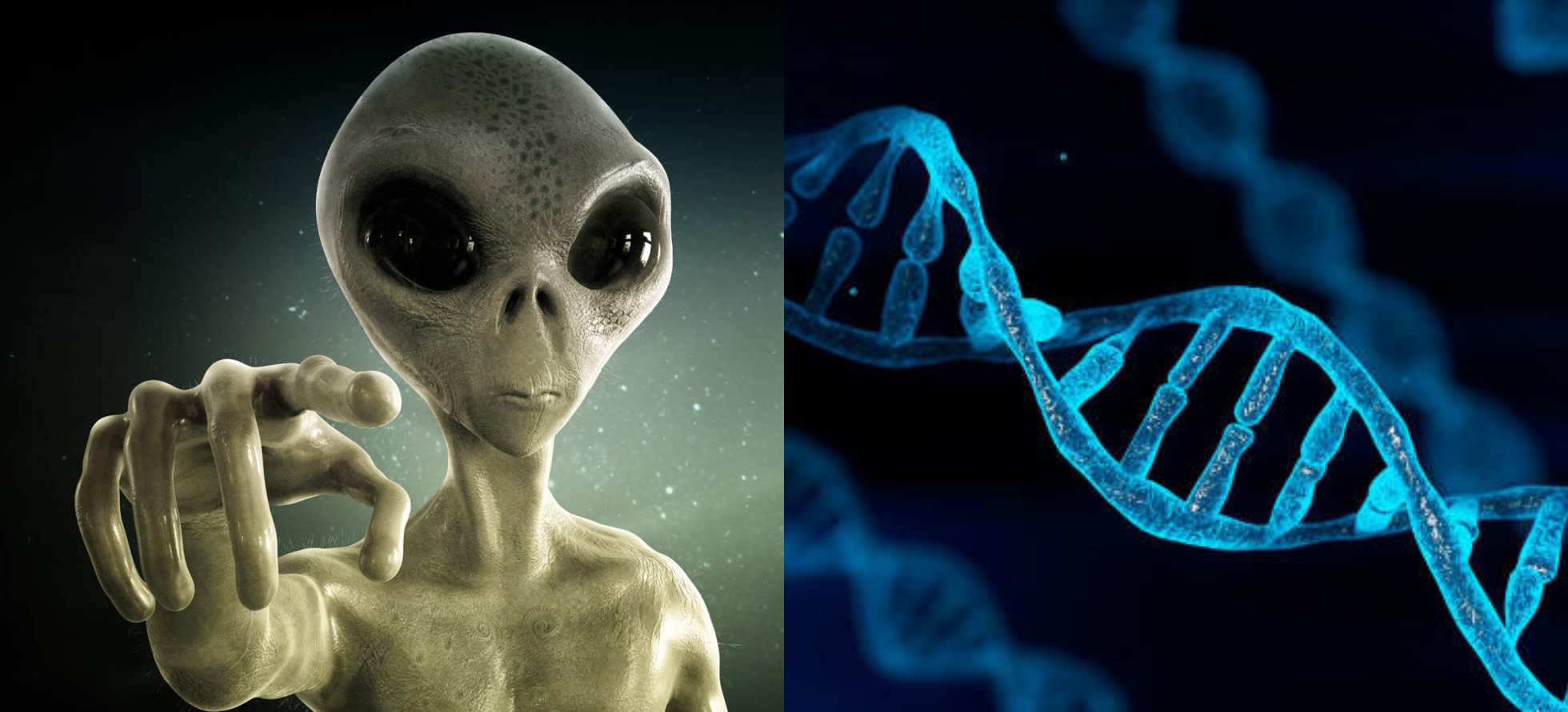A startling new claim from the scientific community suggests that some humans may carry genetic material of extraterrestrial origin, with the research focusing specifically on individuals who report alien abduction experiences.
Dr. Max Rempel, a molecular biologist holding a PhD from the Institute of Gene Biology in Moscow, has published findings through his nonprofit DNA Resonance Research Foundation that challenge our understanding of human genetics. His analysis of data from the renowned 1,000 Genomes Project revealed unexpected anomalies in 11 families that cannot be explained through conventional genetic science.
“Humanity may be undergoing genetic transformation,” Rempel told The Daily Mail, describing his discovery of 348 genetic variants that appeared in family lineages without matching either parent’s DNA profile. These mysterious sequences, he argues, predate modern genetic engineering technologies like CRISPR, ruling out human intervention as an explanation.
The implications of Rempel’s research extend beyond mere genetic curiosities. He suggests these unusual DNA segments might account for reports of individuals possessing extraordinary abilities, including heightened perception or telepathic capabilities. The molecular biologist theorizes that extraterrestrial interference could be responsible for these genetic insertions.
To further investigate potential patterns, Rempel examined genetic data from 23andMe users who claimed to have experienced alien abductions. His analysis revealed that some individuals displayed what he terms “non-parental markers,” while others showed no such indicators. This selective presence, according to Rempel, could suggest that extraterrestrial genetic modifications target specific bloodlines.
“If confirmed, it could be possible to detect which humans carry alien DNA,” he explained. “Essentially identifying hybrids.”
The research has drawn considerable skepticism from both the scientific community and UFO researchers alike. Nigel Watson, author of “Portraits of Alien Encounters Revisited,” urges caution in interpreting these findings. “Alien abduction experiences can stem from a variety of terrestrial factors,” Watson noted, emphasizing the need for careful verification before drawing extraordinary conclusions.
Watson pointed out that mundane explanations such as technical errors or laboratory contamination could account for the genetic anomalies just as readily as extraterrestrial intervention. The scientific method demands that more conventional explanations be thoroughly investigated before entertaining exotic possibilities.
Rempel acknowledges the preliminary nature of his findings and the limitations of current genetic databases, which rely on older, less precise sequencing technology. “We need better data,” he admitted, advocating for next-generation sequencing techniques to analyze fresh samples from families who identify as abduction experiencers.
The study, which has not yet undergone peer review, represents a significant departure from mainstream genetic research. While the scientific community generally approaches such claims with healthy skepticism, the work highlights ongoing mysteries in human genetic variation that continue to puzzle researchers.
Intriguingly, Rempel’s research suggests a potential connection between neurodivergent traits and these genetic anomalies, proposing that individuals with conditions like ADHD and autism might carry these mysterious genetic insertions. This correlation, if validated, could reshape our understanding of neurodiversity and its origins.
The timing of these claims coincides with renewed scientific interest in extraterrestrial life. NASA has reported possible evidence of ancient microbial life on Mars, while Harvard astrophysicist Avi Loeb has sparked debate over interstellar objects that may represent alien technology. These developments create a backdrop where discussions of extraterrestrial influence on Earth seem less fantastical than in previous decades.
However, the scientific community remains divided on the interpretation of genetic anomalies. While Rempel’s work raises fascinating questions about human evolution and genetic diversity, establishing causation between these variants and extraterrestrial activity requires extraordinary evidence that has not yet materialized.
The researcher continues to advocate for expanded studies using advanced sequencing technologies and larger sample sizes. Until such comprehensive analysis occurs, his findings remain in the realm of intriguing possibility rather than established scientific fact.


